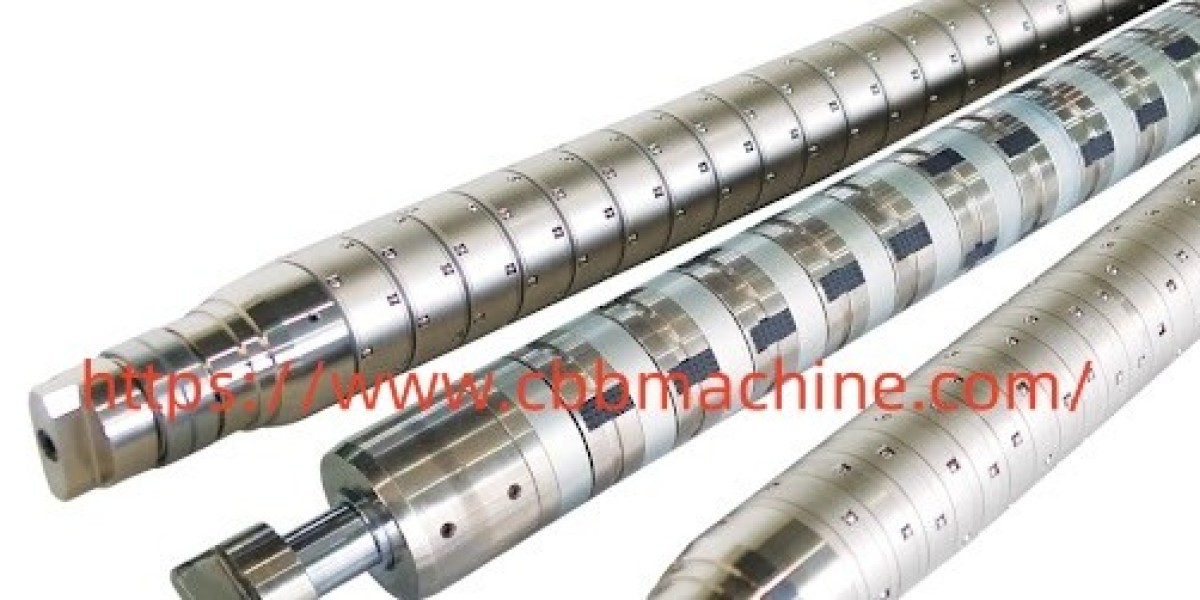In modern industrial manufacturing, the Differential Air Shaft serves as a core innovation that enables precise control in the winding and unwinding of multiple rolls of material. It has transformed production efficiency for companies handling paper, films, foils, and other flexible web materials by providing a mechanism that ensures even tension and high-quality output, regardless of material type or roll size.
This technology is essential for applications where several rolls must be processed at once, and where diameter variations between rolls can cause uneven tension. The mechanism is engineered to distribute torque effectively, allowing each core to rotate at an optimal speed. This not only maintains consistent product quality but also minimizes waste caused by misalignment or over-tensioning.
One of the most valuable attributes of this component is its adaptability. It can handle different core widths without requiring constant changeovers, reducing downtime and improving workflow. The structure typically features air-inflated elements that engage with friction pads, enabling controlled slip between multiple cores. Such a design offers smooth performance even during high-speed operations.
From a production standpoint, it offers considerable advantages in cost savings. By maintaining proper tension, manufacturers avoid defects such as wrinkles, telescoping rolls, and edge damage. These improvements lead directly to less material loss and fewer rejections in quality control.
Durability is another defining characteristic. Built from robust alloys and precision-machined parts, the device is capable of long service life with minimal maintenance. Regular inspection, basic cleaning, and occasional replacement of wear components are generally sufficient to keep it operating efficiently.
The role it plays extends beyond traditional converting machines. It is compatible with a range of equipment such as slitter rewinders, laminators, and coating lines. This broad usability makes it an attractive upgrade for companies aiming to modernize their machinery without investing in entirely new systems.
Installation is straightforward, and adjustments are simple for trained operators. Once integrated, it enables stable production speeds without sacrificing accuracy. This is especially beneficial for manufacturers whose success depends on consistent output and minimal interruptions.
In summary, this shaft-based solution has become a cornerstone of tension control technology in industries where multiple rolls are processed simultaneously. Its design promotes efficiency, adaptability, and quality, making it an indispensable tool in competitive manufacturing environments.
For more information, visit https://www.cbbmachine.com/news/industry-news/differential-air-shafts-key-components-applications-benefits-and-more.html








